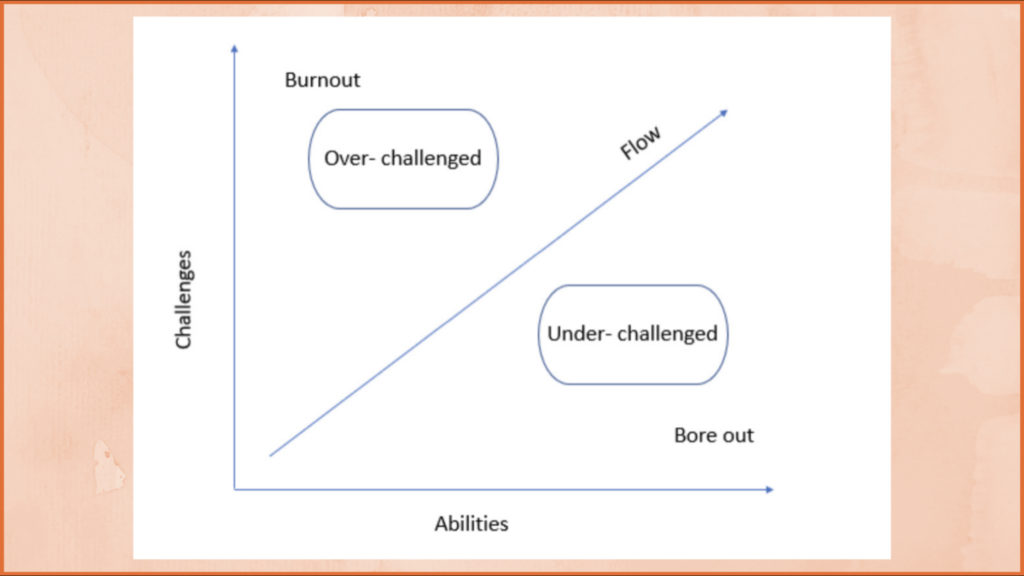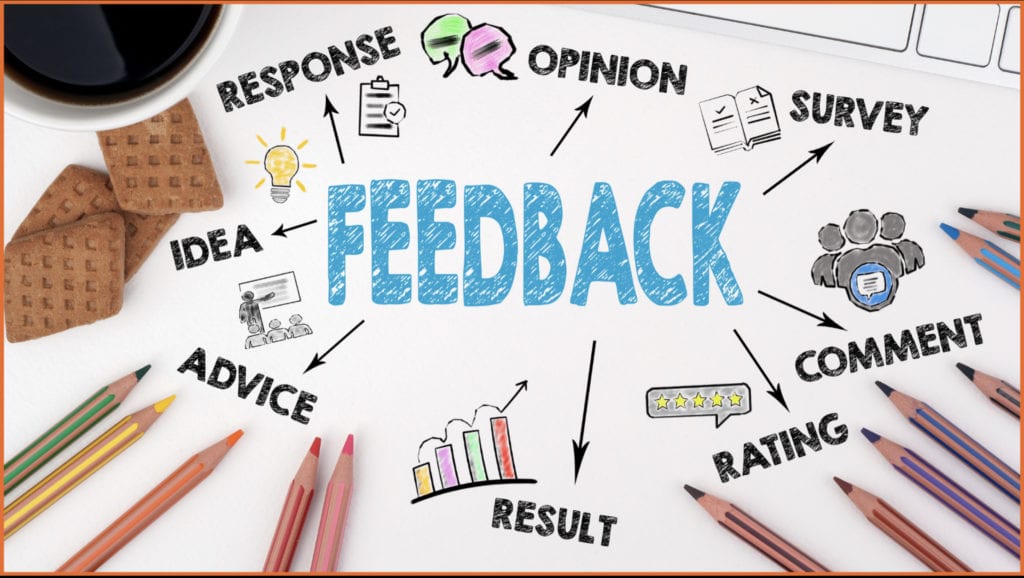At FocusU, we are a fan of impromptu check-ins about pretty much everything. We do this using a digital app. What makes this highly engaging is the variety of questions we get. From ‘What are your grateful for today?’ to ‘What is a small habit that makes your truly happy? – the questions truly are wholesome and interesting. One of the recent questions that we were asked was the following –
What is the one learning that has kept you going during this pandemic?
It was pretty easy for me to answer this one, in terms of health and even on the personal front. But when it came to the professional context, I had to take a moment to reflect on my answer. The reason being – there simply isn’t just one answer. From stepping out of my comfort zone, trying out newer things, experimenting with new platforms and digital tools, to many more. And, amidst all the highs and lows ( grateful for experiencing more highs than lows ) one thing that I have realised that for me, individually, work has helped me remain in a state of flow. For the uninitiated, flow is a tangible concept researched by Mihaly Csikszentmihalyi, considered one of the co-founders of positive psychology. In his words, Flow is
“The best moments in our lives are not the passive, receptive, relaxing times . . . The best moments usually occur if a person’s body or mind is stretched to its limits in a voluntary effort to accomplish something difficult and worthwhile.”
In other words, in a state of flow, you feel extremely absorbed in the activity and it makes you extremely happy. I absolutely loved the concept and continue to look for ways to employ this concept in my learning and development. After all, organisations spend a lot of money in L&D initiatives and employees look forward to it. This blog, thus, is an attempt to highlight a few simple, yet powerful steps that have worked well for me in designing self-paced gamified learning and/or team building modules.
How can ‘flow‘ help design effective L&D modules?
Table of Contents
Let’s start by taking a look at what helps us reach a state of flow in our day-to-day lives. Meanwhile, may I request you to take a moment to make a mental note of one activity makes you forget about time? It could be working on a difficult project, talking with a friend, solving queries, researching data, doing yoga, cooking, anything. Once ready with the answer, you will be able to derive the following common experiences –
- You have clear goals (Let’s say the goal is to cook a good meal )
- You already have the ability to do the task well enough (You already know how to cook )
- There are a few hurdles, either in the form of timelines, or complexities, or both (Experimenting a bit, even with ingredients, never hurts )
- You get immediate feedback (the dish may or may not turn out delicious )

As it turns out, the same four elements can be incorporated when designing a gamified L&D course.
1. Clear Goals
The course should ideally have goals or a back-story spelled out in a concise manner.
Goals
Just like any instructor-led session, a gamified module must also let the participants know what the module will cover. They can be either short-term or long-term goals. In case the module is designed to be spread across several days, the short-term goal should include what the day’s content covers while the long-term goal should include what the participant can achieve by the end of the module.
Back-story
It is well established that people love stories. Our brain processes stories differently. Stories have the ability to form an instant connection with our emotions – a tool that can be extremely powerful when establishing the goal of the module.
2. Ability

Create ways to equip the participants to have some working knowledge. To do this effectively, the module should allow the participants with some form of pre-reads or visual / audible content.
Learning styles
Adults have preferences of different ways of learning. Some people learn better by reading, others by listing to audio, or looking at videos. However, what makes content more engaging, is its ability to engage the different mental faculties. So, a cocktail of videos, audio, and text will ensure that the module does not get boring for the learner.
Andragogy
There is host of research available suggesting that adult learning is different from the way children learn. The concept of Andragogy – the art and science of how adults learn, clearly suggests that adults need to know the “Why” behind learning anything, drawing from their ‘past experiences.’ And thus, employing ‘task-oriented’ methods work best for adult learners.
3. Hurdles
The entire gamified course should be bound by rules and should be accompanied by challenges. These challenges should not be too few, nor too many. But, rather a perfect balance such that they keep the participant effectively engaged.
Rules
Rules are ways to prime the participants with what to expect, when to expect penalties, what can they do to gain more points or get ahead, the frequency of receiving information, timelines, expectations from the team, and all such basic questions.
Challenges
Anything that requires the participants to step out of their comfort zone, to look beyond the obvious can be used to curate challenges. These might include solving puzzles, cracking clues, or drawing inferences from their past experience, etc. Challenges allow participants to feel accomplished. This intrinsically motivates participants to keep moving further in the module.
4. Feedback Mechanism

This feedback is not just what gets collected at the very end of the course by asking participants to rate how they liked the course. But, instead, carefully integrating mechanisms that allow participants to interact with one another, answer questions that help in gauging the level of understanding are all feedback mechanisms that often remain under-played.
Reflective questions
Asking participants to reflect on a past experience or asking them how they can apply the learning? Can be a powerful way of seeking feedback. This is the quickest form of seeking feedback and course-correcting, in case needed. This sort of feedback mechanism also helps the participants judge if they are on the right track.
Social learning
Participants undergoing the course may add a comment to someone’s answer or upvote someone’s submission. This seemingly superfluous gamification feature is actually a powerful feedback tool for the participants. It lets them feel valued.










